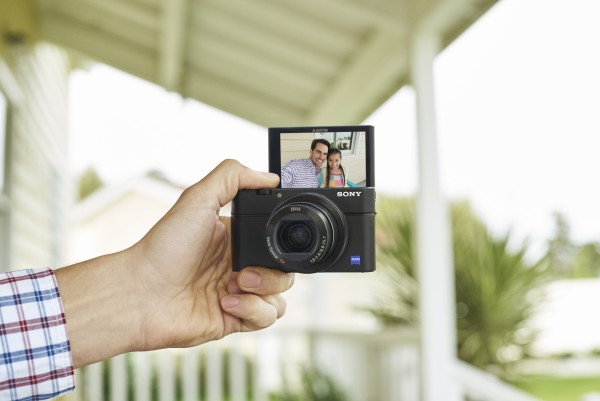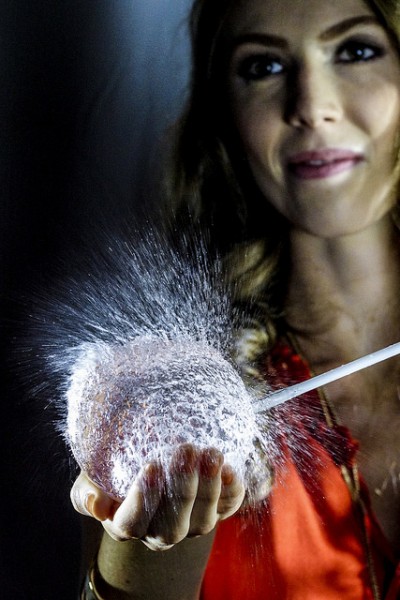
All good things come to an end, they say. That’s not the case yet for Sony’s much-fancied RX100 compact camera and the RX10 bridge camera.
The RX100, now in its fourth iteration, and RX10 in its second generation, have improved yet again and I came away pretty impressed yesterday at a Sony media event here in Singapore.
The previous iteration of both cameras has garnered quite a following thanks to their image quality. This despite two cameras being armed with “just” a 1-inch sensor.
The updated versions will wow users all the same, going by what I saw. Sony hasn’t just slapped on a new model number here and updated the firmware, that’s for sure.
Both cameras are given new sensors. The RX10 II gets a 20.2-megapixel part and the RX100 IV now shoots at 20.1 megapixels.
There’s also a new high-contrast XGA OLED Tru-Finder viewfinder and an upgraded auto-focus system.
Most of the physical attributes such their size, controls and lenses remain unchanged. The RX100 retains its f1.8 – 2.8 maximum aperture and 8.8 – 25.7mm focal length (equivalent to full frame 24 – 70mm). The RX10 is constant at f2.8 and 8.8 – 73.3mm (equivalent to 24 – 200mm).

Sony is the first company to split up the sensor array and the signal transmission circuitry into two layers and add a new DRAM memory chip as the third layer onto the sensor.
These three layers are bonded together in a single sensor chip creating the first ever ‘stacked’ 1-inch Exmor RS CMOS sensor.
According to Sony, the result is five times faster transfer of data from the sensor to the Bionz processor. This gives the new RX100 and RX10 a boost in capabilities such as capturing 4K videos and super slow motion video capture at 1,000 frames per second.
The faster sensor also means that still images can be captured at the maximum shutter speed at 1/32000 of a second – at 16 frames per second for RX100 IV and 14fps for RX10 II.
The shots from yesterday’s event (below) show how fast the camera can “freeze” the water. This is the moment when the the pin pricks the rubber membrane of the balloon.
What’s also impressive is the improved auto-focus with a focus response of just 0.09 seconds. Plus, there’s a new OLED Tru-Finder viewfinder that will help in unusual situations.
With their help, I was able to clearly and quickly get a focus even when the LED continuous lighting panel was shining straight into the lens.
During the short time I had with both cameras, the petite RX100 IV did not win me over as much as the RX10 II, even though both cameras performed extremely well during the short tests.
I find that holding and changing the settings on the RX10 II was much easier since it mimics a digital SLR camera without the weight associated with a heavy f2.8 lens. I’d need – and want – more tests for sure.
The Sony RX100 IV is out from July 16 for S$1,399. The RX10 II will only be in the stores from July 30 for S$1,899.









Very interesting. Can’t wait for reviews as the RX10ii might just be the portable travel camera I need.